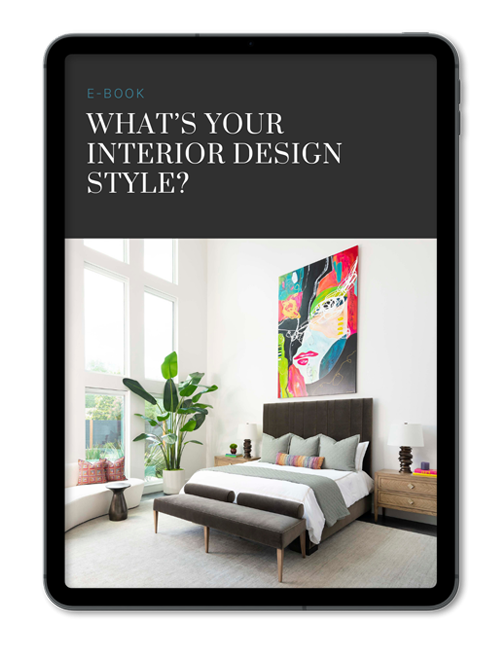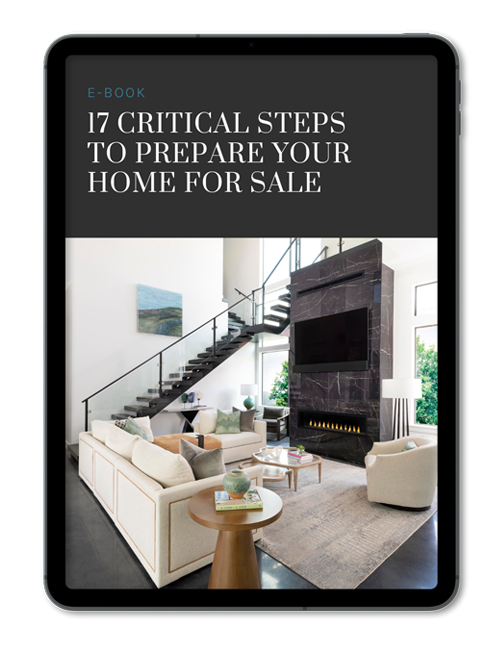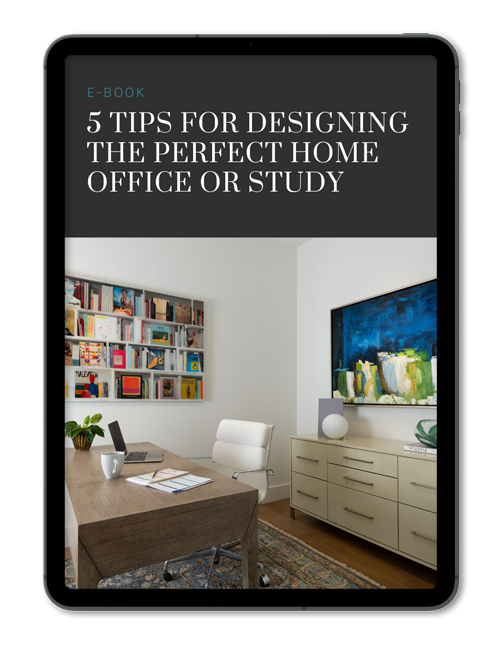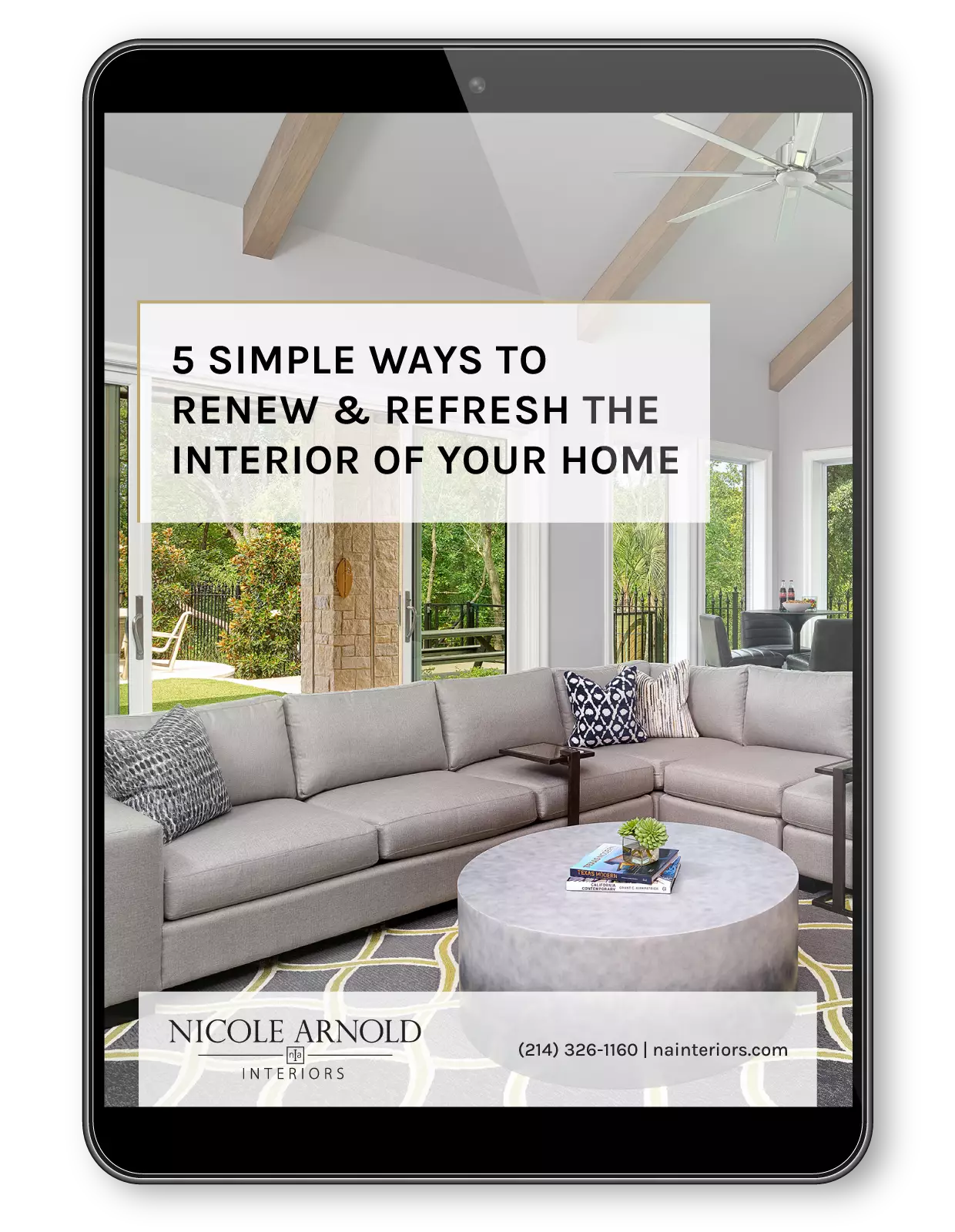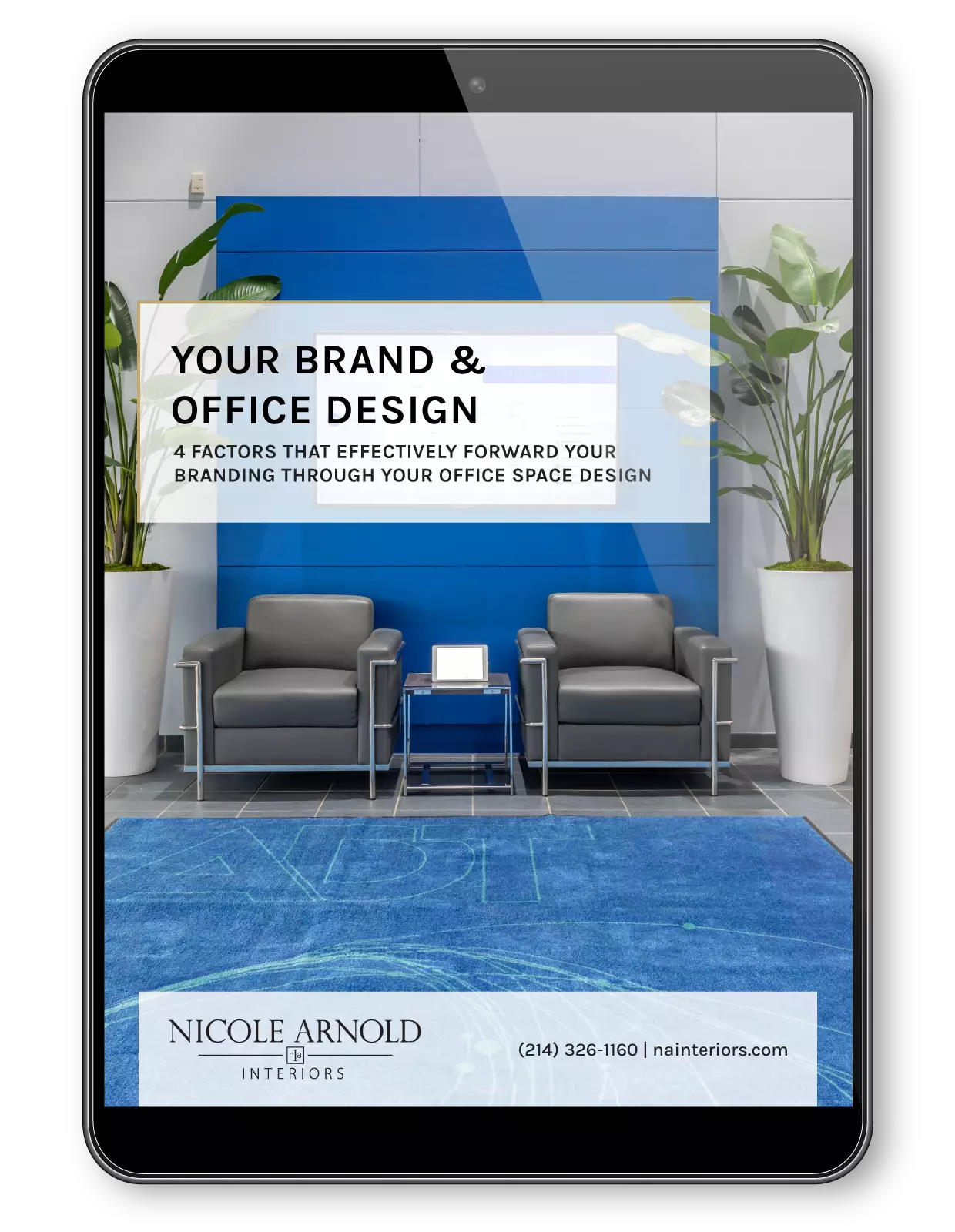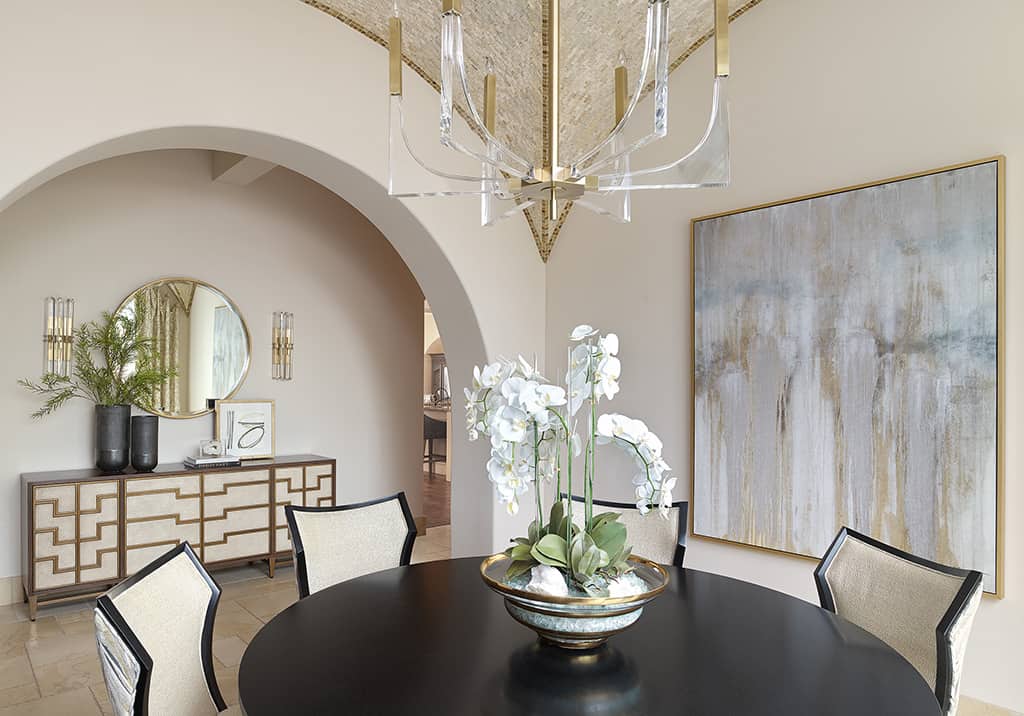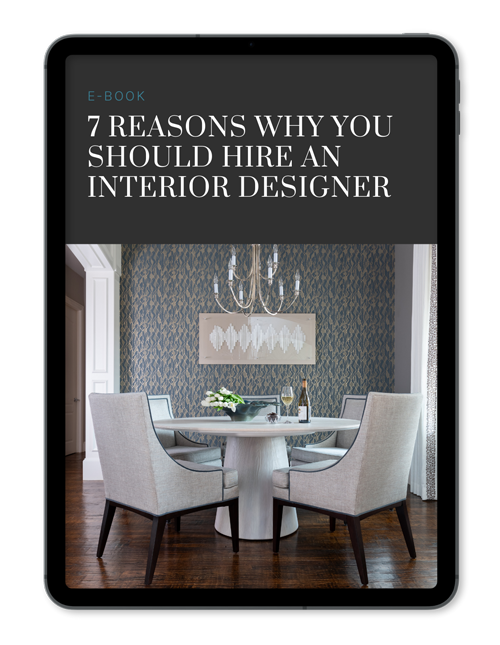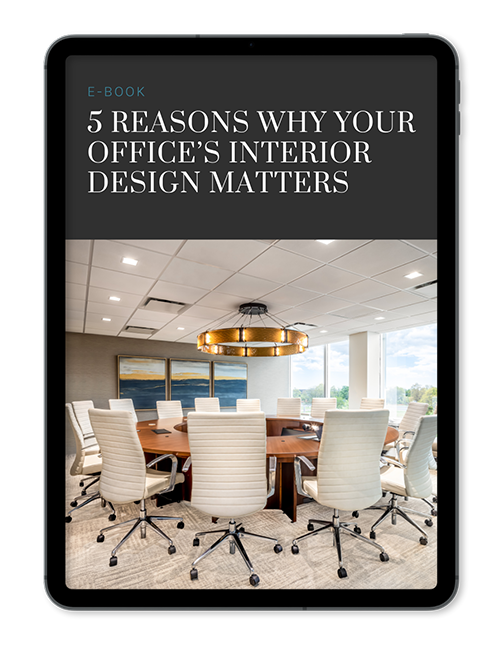When you think about great commercial interiors in Dallas, consider how they balance functionality with brand identity. These spaces aren’t just about looking good; they need to work effectively for both employees and customers. From innovative layouts to thoughtful lighting, every detail plays a role in creating an inviting atmosphere. As you explore what makes these interiors exceptional, you’ll discover how they truly reflect the spirit of Dallas and the values of the brands they represent.
One way to achieve a harmonious blend of aesthetics and practicality is through professional interior design solutions. For instance, Nicole Arnold Interiors offers expert guidance that can elevate a space while ensuring it meets the unique needs of the business. Their approach to design emphasizes the importance of creating environments that inspire both productivity and customer engagement.
Incorporating professional design services can lead to significant benefits, including improved employee morale and enhanced customer experiences. Ultimately, great commercial interiors in Dallas are not just about visual appeal; they encapsulate a brand’s essence and foster a vibrant community atmosphere.
The Importance of Functionality in Commercial Spaces
When designing commercial spaces, you’ll quickly realize that functionality isn’t just a buzzword—it’s essential for success.
Prioritizing functionality through effective space planning can greatly enhance your commercial interior design project. By optimizing layouts for workstations, meeting rooms, and communal areas, you boost operational efficiency, leading to a potential 20% increase in employee productivity and satisfaction.
Incorporating ergonomic furniture reduces workplace injuries, promoting well-being and minimizing absenteeism costs. In addition, integrating technology, like smart lighting and HVAC systems, enhances functionality and supports sustainability efforts.
Finally, compliance with industry standards guarantees a safe workspace that meets everyone’s needs. By focusing on these aspects, you create a commercial environment that not only looks great but also works efficiently.
Reflecting Brand Identity Through Design
Creating an impactful commercial interior goes beyond functionality; it’s also about telling your brand story. In Dallas, great commercial interiors reflect brand identity by weaving design elements that resonate with your company’s mission and values.
By carefully selecting color schemes, materials, and furnishings that align with your brand’s personality, you enhance recognition and foster customer loyalty. Strategic space planning plays an essential role, organizing areas that promote collaboration or privacy, aligning with your operational ethos.
Incorporating local art and cultural elements strengthens your connection to the Dallas community, making the space feel personal and relevant. Ultimately, consistency in design across all touchpoints reinforces brand identity, ensuring a unified message that resonates with clients and employees alike throughout the space.
The Role of Lighting and Layout in Creating Atmosphere
While the design of a commercial space often centers on aesthetics and functionality, the role of lighting and layout in shaping atmosphere can’t be overlooked.
Effective lighting design not only highlights architectural features but also enhances productivity by up to 20%. When you strategically employ layout planning, you optimize space functionality, promoting collaboration and efficiency among employees.
Incorporating natural light is essential in commercial spaces, as it boosts mood and well-being, making your environment more inviting. A balanced atmosphere can be achieved through a mix of ambient, task, and accent lighting, influencing customer perceptions and enhancing their overall experience.
Together, thoughtful lighting and smart layout choices create an engaging atmosphere that reflects your brand’s identity and values.
Enhancing Employee Productivity and Satisfaction
A well-designed commercial interior does much more than just look good; it plays a significant role in enhancing employee productivity and satisfaction. By focusing on workplace aesthetics and incorporating natural light, you can create an inviting environment that boosts morale and job performance.
Smart space planning, featuring collaborative areas and quiet zones, caters to diverse work styles, increasing team collaboration by 30%. Additionally, investing in ergonomic furniture reduces discomfort and workplace injuries, fostering a healthier atmosphere.
This thoughtful design process not only minimizes distractions but also reflects your brand identity, aligning with employee preferences. When employees feel comfortable and engaged, productivity can soar by up to 20%, creating a thriving workspace for everyone involved.
Trends in Commercial Interior Design
As the workplace evolves, trends in commercial interior design reflect the changing needs and preferences of employees and businesses alike.
One prominent trend is biophilic design, which brings nature indoors through plants and natural light, enhancing employee well-being. Sustainable materials are also gaining traction, aligning with the increasing demand for eco-friendly practices.
Additionally, technology integration is essential; smart office solutions and advanced lighting systems create customizable spaces that boost efficiency. You’ll find bold colors and unique textures becoming popular, infusing vibrancy into environments while showcasing brand identity.
These trends not only foster collaboration and productivity but also create inviting atmospheres that attract clients and inspire employees. Embracing these trends can transform your commercial space into a dynamic workplace.
Successful Project Execution and Management
Successful project execution in commercial interiors hinges on a well-defined set of objectives and a realistic budget that covers all necessary elements, from design fees to furnishings.
To achieve a successful design concept, effective communication between you and your interior designers is essential. By clearly outlining your needs, you ascertain that the final design aligns with your brand identity and values.
Setting regular milestones and timelines helps monitor progress and manage any disruptions during construction. A qualified designer will also have a systematic approach to addressing unexpected issues, keeping the project on track.
Thorough project management includes coordinating with contractors and vendors, overseeing installations, and providing warranties on furnishings, guaranteeing both quality and your satisfaction throughout the process.


